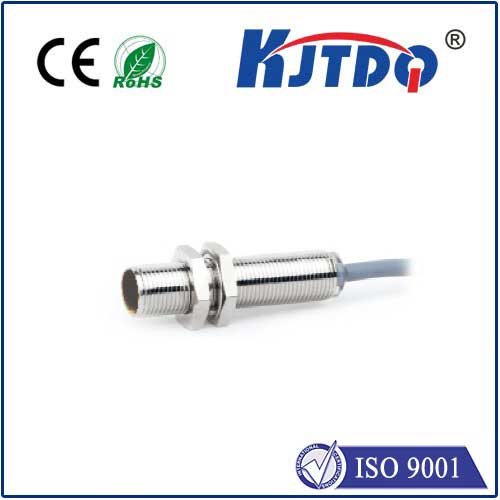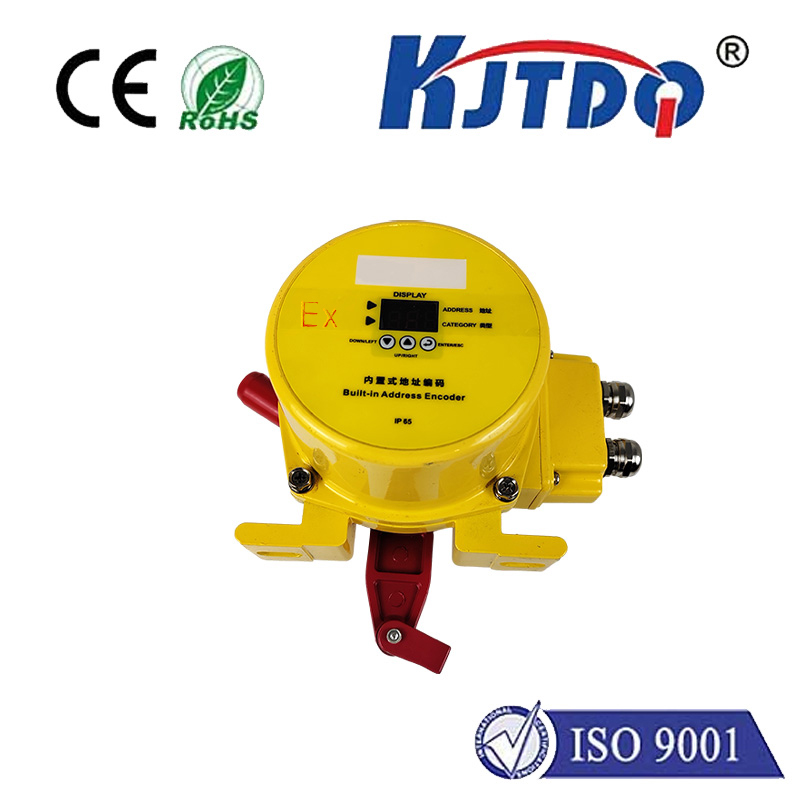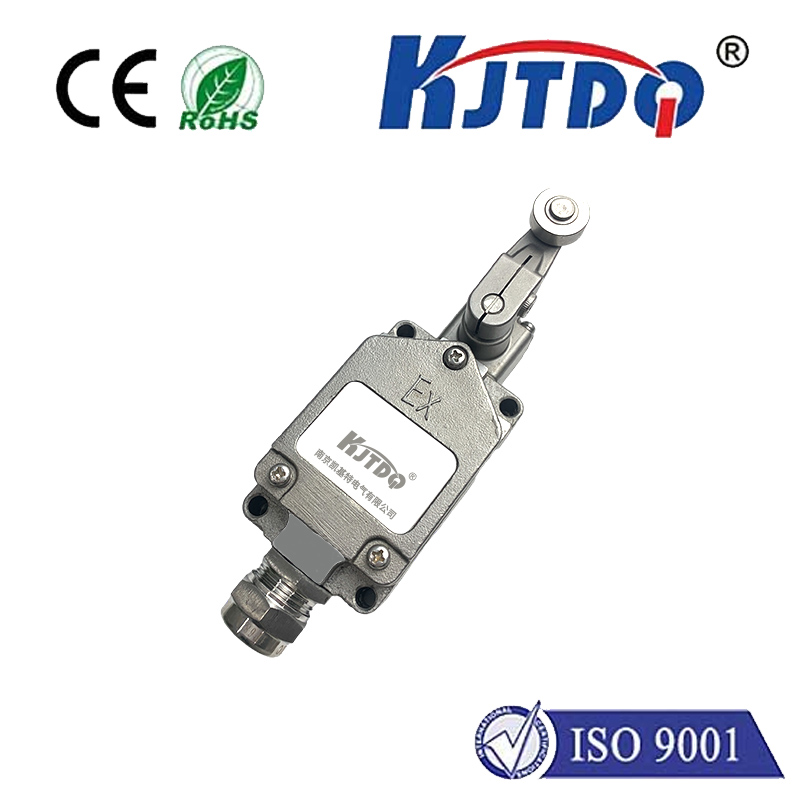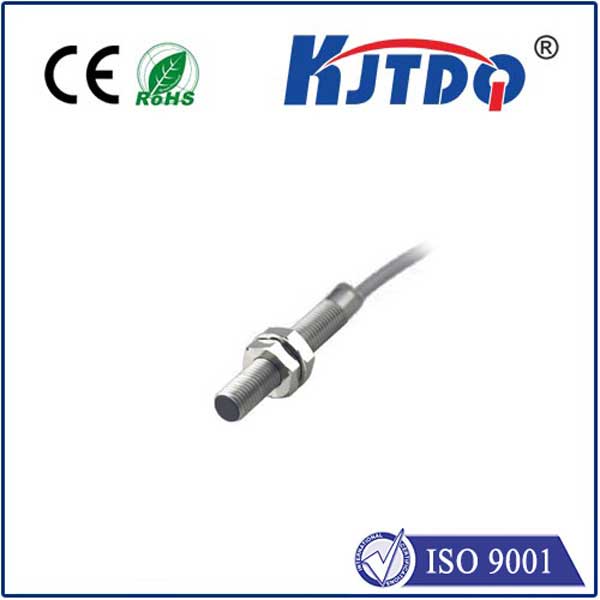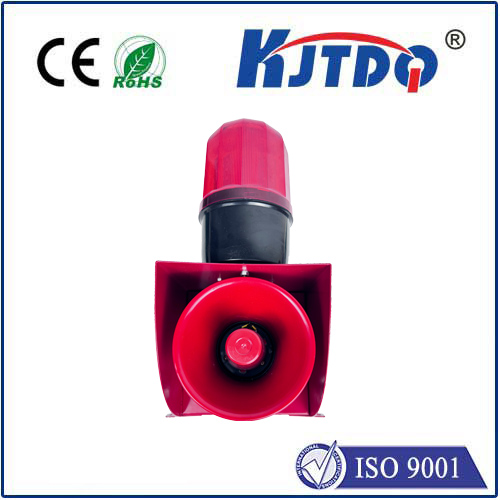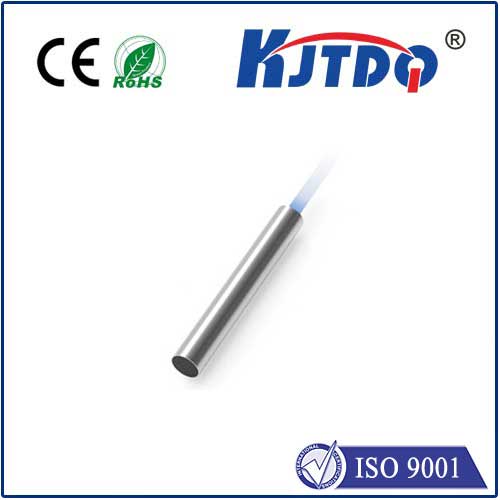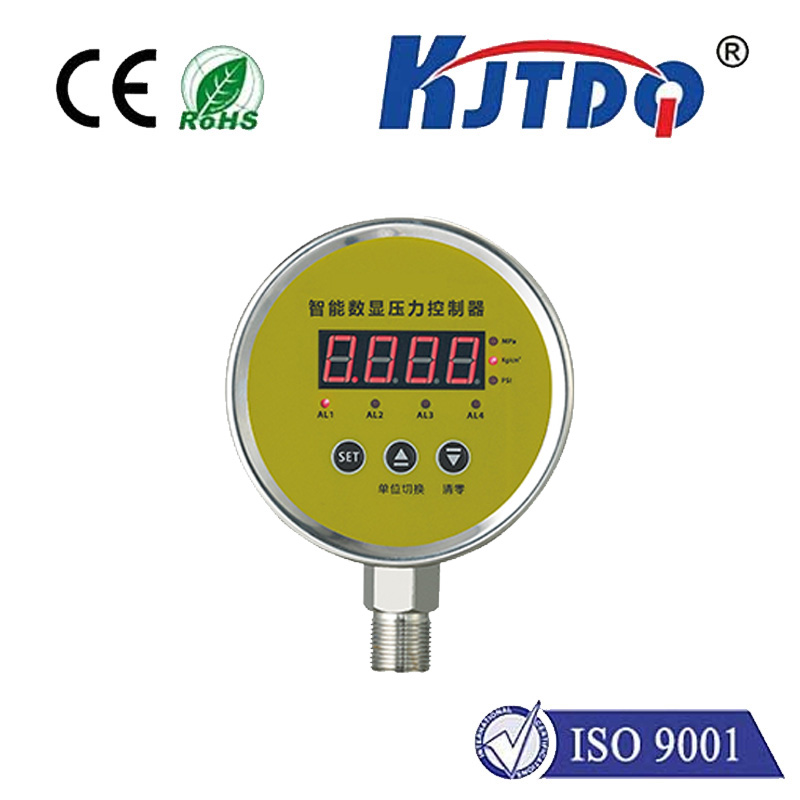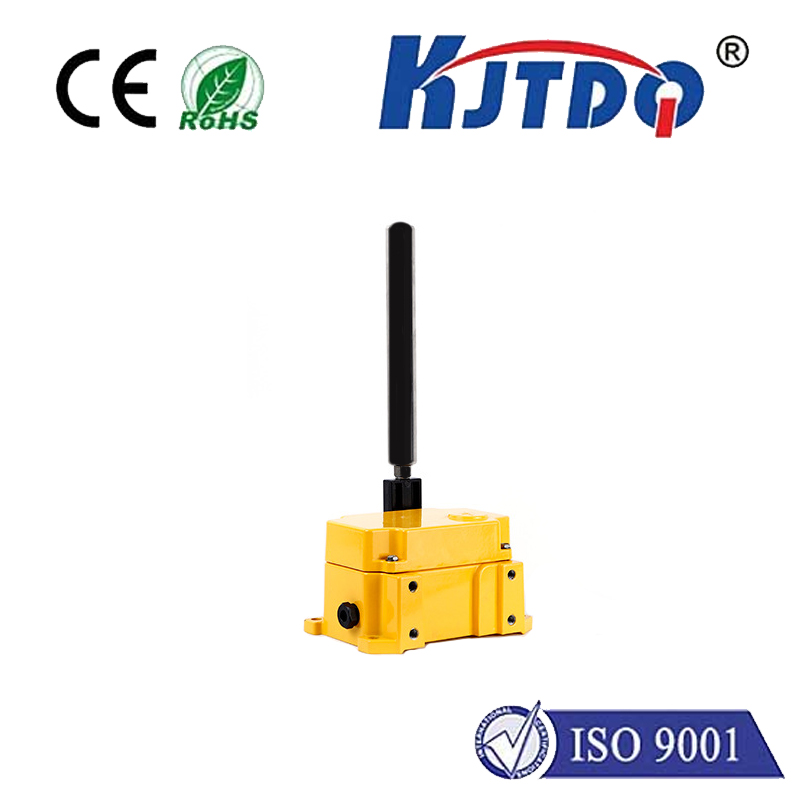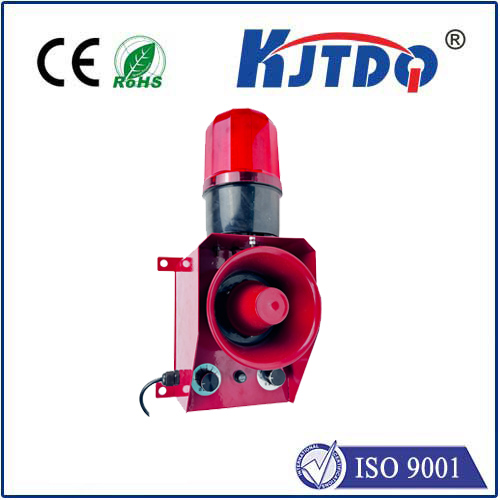
check

check

check

check
The Marvel of Infrared Proximity Sensors: Revolutionizing Modern Technology In an era where technology continuously evolves, the humble infrared proximity sensor stands as a testament to innovation and practicality. These sensors have become ubiquitous in our daily lives, operating quietly behind the scenes to enhance convenience and safety. From automatic doors at airports to motion-activated lights in our homes, infrared proximity sensors play a crucial role in modern automation.
Infrared proximity sensors are electronic devices that detect the presence or absence of objects within a certain distance without physical contact. Utilizing the principles of infrared light, these sensors emit a beam of infrared light and measure the time it takes for the light to bounce back after hitting an object. The duration this reflected light takes to return is converted into electrical signals, providing precise measurements of distance and proximity.
The operation of infrared proximity sensors involves several critical components, including an infrared LED emitter and a photodiode detector. The emitter sends out a continuous or pulsed infrared light. When this light encounters an object, it reflects back towards the photodiode detector. The detector then measures the intensity and time taken for the light to return. Based on these readings, the sensor can determine the proximity of the object with remarkable precision.
Home Automation: One of the most common applications of infrared proximity sensors is in home automation systems. These sensors can control lighting, HVAC systems, and security alarms based on occupancy. For instance, motion-activated lights turn on when someone enters a room and turn off when the room is empty, enhancing energy efficiency.
Industrial Automation: In manufacturing and industrial settings, infrared proximity sensors are indispensable. They are used for tasks such as monitoring conveyor belt systems, ensuring products are correctly aligned, and controlling machinery operations. Their ability to function reliably in various environments makes them ideal for industrial use.

Automotive Industry: Modern vehicles incorporate infrared proximity sensors for features like automatic headlight activation, rain detection, and parking assistance. These sensors help improve driving safety by providing better visibility and assisting with navigation in tight spots.
Healthcare Sector: In healthcare settings, infrared proximity sensors are utilized in patient monitoring systems. They can track patient movement within hospital rooms to prevent falls and ensure timely medical attention when needed. Additionally, these sensors are also integral in non-contact thermometers widely used during the COVID-19 pandemic.
The popularity of infrared proximity sensors stems from their numerous advantages:
Non-Contact Sensing: This feature reduces wear and tear on equipment and minimizes contamination risks, making them suitable for sterile environments.
High Accuracy and Reliability: Infrared sensors provide consistent and reliable performance even in harsh environmental conditions such as high temperatures or dusty areas.
Ease of Integration: These sensors can be easily integrated into existing systems and require minimal setup, making them a cost-effective solution for automation needs.
Versatility: With applications spanning across multiple industries, infrared proximity sensors offer flexibility and adaptability for various uses.
As technology advances, so too will the capabilities of infrared proximity sensors. Emerging trends include enhanced sensitivity, reduced power consumption, and miniaturization. These improvements will broaden their application scope and integrate more seamlessly into smart devices and IoT ecosystems. Moreover, advancements in artificial intelligence and machine learning could further refine the data interpretation from these sensors, leading to smarter automation solutions.
Infrared proximity sensors may seem inconspicuous, but their impact on modern technology is profound. By enabling non-contact sensing and providing reliable distance measurements, they contribute significantly to automation and convenience in numerous domains. As we move forward, the continued innovation in infrared proximity sensor technology promises even greater enhancements in efficiency, safety, and overall quality of life.
